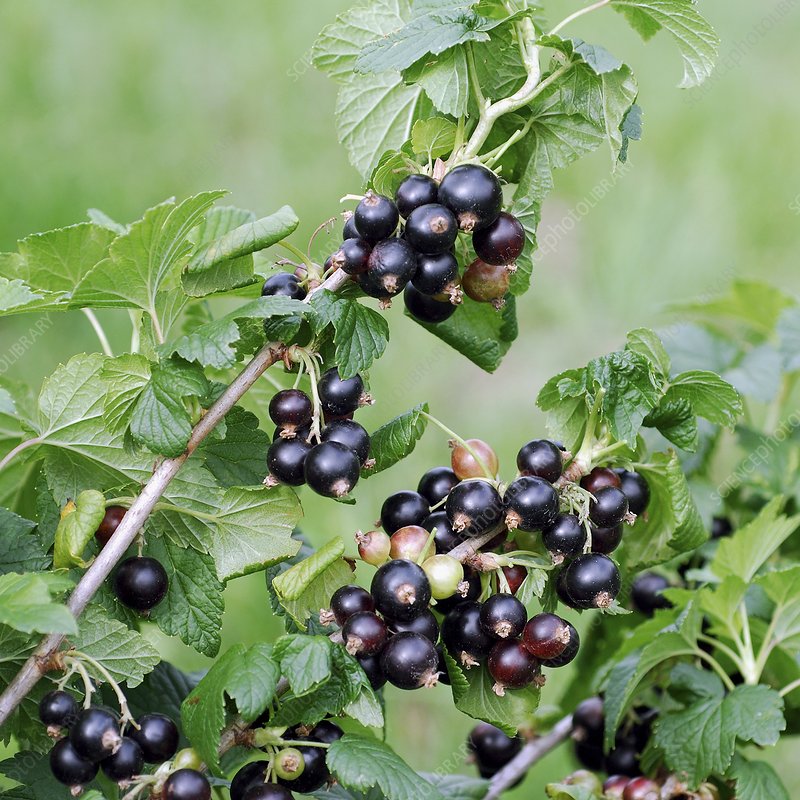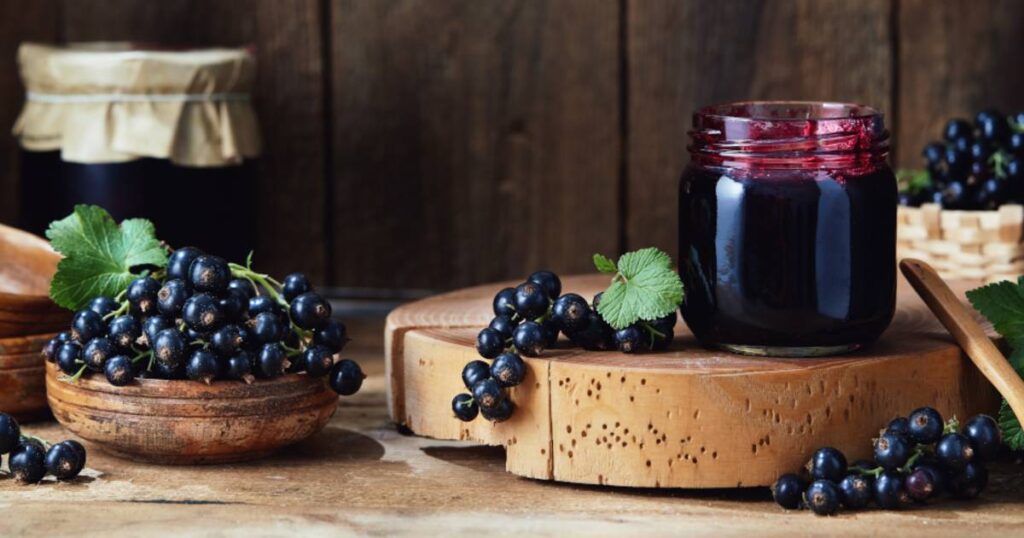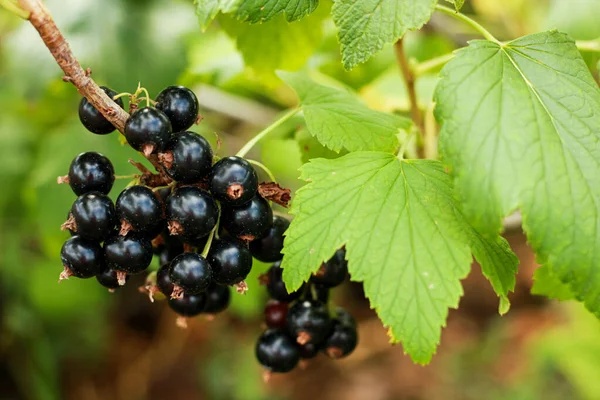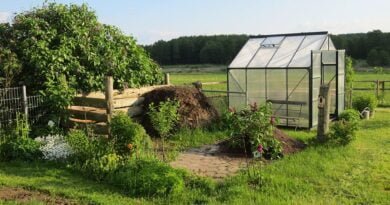Growing Blackcurrants: Allotment Owner’s Guide to Abundant Harvests and Delectable Flavors
Welcome to our allotment owner’s guide to growing blackcurrants, where we’ll help you unlock the true potential of your plot! With our expert advice and tried-and-tested tips, you’ll soon be enjoying the abundant harvests and rich flavors of these delightful berries. From selecting the perfect varieties to nurturing your plants through every season, we’ll be your trusted companion on this exciting journey.
Prepare to dig deep into the world of blackcurrants as we share our favorite variety recommendations, each with its own unique qualities and taste profiles. Whether you prefer large, juicy berries or sweet and tart flavor explosions, we’ve got you covered. And don’t worry, we’ll also delve into the health benefits of these little powerhouses, ensuring you reap the rewards of their exceptional nutritional value.
But it doesn’t stop there! We’ll guide you through the entire growing process, sharing our insider knowledge on planting techniques, soil preparation, and the art of pruning for optimum fruit production. We understand the importance of feeding your plants with the right nutrients, and we’ll reveal the secrets to keeping your blackcurrant bushes healthy and thriving.
And let’s not forget the best part – the mouth-watering meal ideas! We’ll tempt your taste buds with a delightful array of culinary creations, from irresistible desserts like pies and crumbles to refreshing beverages and savory sauces. Get ready to elevate your cooking skills and impress your friends and family with unique dishes featuring your homegrown blackcurrants.
So, grab your gardening gloves and join us on this exciting blackcurrant-growing adventure. With our expert guidance and your green thumbs, your allotment will soon be brimming with these luscious, vitamin-packed treasures. Let’s embark on a journey of flavor, health, and the pure joy of growing your own food. Get ready to savor the rewards of your hard work and indulge in the unparalleled taste of homegrown blackcurrants!

Varieties:
- ‘Ben Sarek’: This compact variety is ideal for smaller spaces. It produces heavy crops of large, juicy berries and is resistant to some common diseases.
- ‘Ben Connan’: A popular choice, ‘Ben Connan’ yields high-quality, sweet berries. It has good disease resistance and is suitable for both culinary and dessert use.
- ‘Big Ben’: This newer variety offers exceptionally large fruit and has a high yield. It has good disease resistance and is great for eating fresh or in recipes.
Growing guide for allotment blackcurrants
- Site Selection:
Choose a sunny location in your allotment with well-drained soil. Blackcurrants prefer slightly acidic soil with a pH between 5.5 and 7. If your soil is alkaline, you can improve its acidity by adding organic matter or using an acidic fertiliser. - Planting:
The best time to plant blackcurrant bushes is in late autumn or early spring when the soil is workable. Dig a hole that is wide and deep enough to accommodate the roots. Space the plants at least one meter apart to allow for good airflow and sunlight penetration. Ensure the soil is well-prepared by removing any weeds, rocks, or debris. - Soil Preparation:
Prior to planting, enrich the soil with well-rotted compost or manure. This will improve the soil structure, fertility, and drainage. Mix the organic matter thoroughly with the existing soil. - Planting Technique:
Place the blackcurrant bush in the planting hole, making sure the roots are spread out and not cramped. The soil line should be at the same level as the previous soil mark on the stem. Backfill the hole with soil, firming it gently around the roots. - Watering:
After planting, water the bushes thoroughly to settle the soil around the roots. During the growing season, water regularly to keep the soil consistently moist but not waterlogged. Avoid overwatering, as it can lead to root rot. - Mulching:
Apply a layer of organic mulch, such as straw or wood chips, around the base of the plants. Mulching helps conserve soil moisture, suppress weeds, and maintain a more even soil temperature. - Pruning:
Prune blackcurrant bushes in late winter or early spring while they are still dormant. Remove any dead, damaged, or crossing branches. Aim to maintain an open center and a balanced framework. This encourages airflow and sunlight penetration, which helps prevent diseases and promotes better fruit production. - Feeding:
Blackcurrants benefit from regular feeding to ensure healthy growth and abundant fruiting. Apply a balanced slow-release fertiliser in early spring, following the manufacturer’s instructions. Alternatively, you can feed with organic fertilisers such as well-rotted compost or poultry manure. - Pest and Disease Control:
Blackcurrants are relatively resistant to pests and diseases. However, keep an eye out for aphids, which can be controlled by spraying with soapy water or using organic insecticides. To prevent diseases, maintain good air circulation, avoid overwatering, and promptly remove any infected or diseased foliage. - Harvesting:
Blackcurrants are ready for harvesting in summer when the berries are firm, plump, and fully colored. Pick the berries by gently pulling them from the stem. Harvesting is best done in dry weather to prevent the berries from becoming soggy.
Health Benefits:
- Blackcurrants are rich in vitamin C, which boosts the immune system and supports overall health.
- They are a great source of antioxidants, which help protect the body against oxidative stress and inflammation.
- Blackcurrants contain anthocyanins, which have been linked to improved cardiovascular health.
- They are low in calories and packed with dietary fiber, making them a nutritious addition to your diet.

Meal Ideas:
- Enjoy blackcurrants fresh as a healthy snack or incorporate them into your breakfast routine by adding them to cereals, oatmeal, or yogurt.
- Use blackcurrants to make delicious jams, jellies, or preserves that can be spread on toast or used as fillings for pastries.
- Add blackcurrants to fruit salads, smoothies, or homemade ice cream for a burst of flavor.
- Desserts:
Make blackcurrant pies, tarts, or crumbles. Combine blackcurrants with sugar and cook them down into a sweet compote to use as a filling. Top with a buttery pastry or a crumbly streusel topping for a delicious dessert. - Beverages:
Blend blackcurrants with water, a sweetener of your choice, and a splash of lemon juice to create a refreshing blackcurrant juice. You can also infuse blackcurrants into homemade cordials, syrups, or even make blackcurrant liqueur for a special treat. - Sauces and Dressings:
Create a tangy blackcurrant sauce to accompany roasted meats like duck or pork. Simply cook down blackcurrants with sugar, a splash of red wine, and a hint of balsamic vinegar for a delightful sauce. You can also whisk blackcurrant juice with olive oil, vinegar, and herbs to make a vibrant dressing for salads. - Savory Dishes:
Blackcurrants can be used in savory dishes as well. Add them to grain salads for a burst of sweetness, or incorporate them into chutneys and relishes to serve alongside cheeses or cold cuts. They can also be used in marinades or glazes for meats to impart a unique flavor.
Remember to experiment and have fun with your blackcurrants in the kitchen. Their bold flavor adds a delightful twist to a wide range of dishes, both sweet and savory. By following this comprehensive growing guide, you’ll be well on your way to cultivating healthy blackcurrant bushes in your allotment. Enjoy the bountiful harvest and savor the delicious flavors and health benefits of these remarkable berries!




